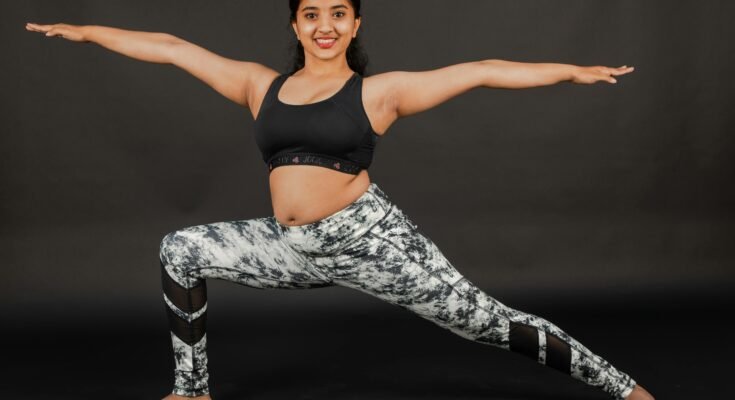Fitness and exercise are not random terms, they are key aspects of a healthy lifestyle. Whether to lose weight, gain muscle, increase energy, or just to feel better, regular fitness and exercise can provide body-changing advantages when incorporated into daily life.
This guide will help explain the elements of fitness and exercise, the benefits of exercise, the categories of exercise, and the guidelines to get started, regardless of current fitness level.
What are Fitness and Exercise?
Fitness is how well the body performs in work and leisure activities, fights infections and disease, and meets emergencies. Fitness encompasses several different factors: cardiovascular endurance, muscular strength, flexibility, and body composition.
Exercise is defined as any physical activity that improves or maintains physical fitness. Exercise can be structured (gym workouts) or unstructured (walking or lawn and garden work).
Ultimately, fitness and exercise combine to maintain physical and mental health.
Benefits of Fitness and Exercise
There are numerous advantages of performing fitness and exercising:
* Cardiovascular health– Decreased chances of having heart disease and stroke.
* Weight management– Aids in burning off calories and staying thin.
* Muscle and bone health– Decreased chance of osteoporosis and losing muscle.
* Stress relief and mental health– Lessens general stress, anxiety, and depression.
* Sleep- Allowing a deeper and more restful sleep.
* Energy- Support the increase of energy store and vitality.
* Brain health– Improved focus, memory, and overall cognitive health.
Types of Fitness and Exercise
In order to be in overall fitness shape we want to include (at least these) four different types of exercise, in your routine:
1. Cardiovascular (aerobic) exercise:
activities such as running, swimming, cycling, and dancing, will increase heart rate and improve lung capacity.
2. Strength training:
lifting weights, using resistance bands, or bodyweight exercises such as push-ups will help with building strength in the muscles and endurance.
3. Flexibility exercises:
stretching and yoga will help improve range of motion, help with muscle tightness/stiffness, and help with preventing injuries.
4. Balance and stability training:
exercises such as tai chi and daily balance drills are important as we age, to decrease your risk of falling and improve your stability and coordination.
How To Begin Your Fitness And Exercise Path Getting started with a fitness routine doesn’t have to be daunting. Here are three simple steps to help you get started:
1. Set realistic goals – Be specific on what you are hoping to achieve (i.e lose weight, gain muscle, feel energized)
2. Choose activities you enjoy – You will be more likely to exercise when you find your workouts enjoyable
3. Start slowly then build – Aim for 10-15 minutes a day (or however long) and gradually add time and intensity.
4. Mix it up – Include cardio, strength, and flexibility workouts to keep your exercise diverse and interesting.
5. Be consistent – Consistency is more important than intensity when first getting started.
6. Listen to your body – It is important to rest when fatigue sets in, but do not ignore pain.
7. Track your progress – Whether it be a journal or an app, tracking progress helps keep you motivated.
Common fitness-and-exercise myths
Let’s take a moment to see if we can dispel a few myths about exercise and fitness.
- No pain, no gain” – Pain is indicative of something more seriously wrong, versus just discomfort.
- Lifting weights makes you bulky” – Strength training is toughening your body, it doesn’t necessarily mean you will gain muscular size.
- You need a gym to be fit” – Most exercise is done at home, utilizing little or no equipment.
- Exercise alone equals weight loss” – It is actually your diet and lifestyle habits the dictate the greatest weight-loss potential
Final Thoughts on Fitness and Exercise
Committing to fitness and exercise is one of the greatest investments for your overall health. You do not have to train like an athlete or follow an arduous plan to benefit. Simply getting your body moving is enough, and if you do it consistently and have fun, you will see incredible physical and mental results over time.
Start slowly, be consistent, and most importantly, have fun.

